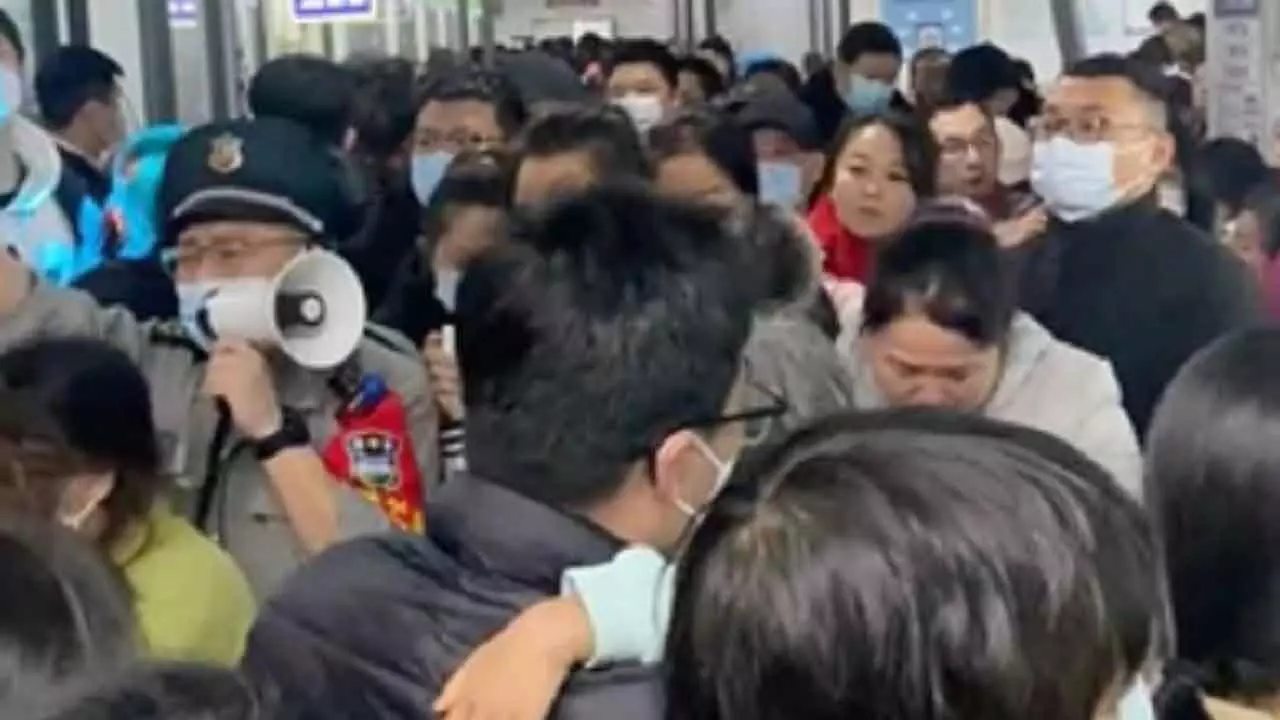HMPV Virus: Symptoms, Transmission, and Who Is Most at Risk
Suspected Human Metapneumovirus case reported in Bengaluru infant. Health department awaits lab results to confirm diagnosis. Learn more about HMPV risks.
HMPV Virus: Symptoms, Transmission, and Who Is Most at Risk

A private hospital in Bengaluru has reported a suspected case of Human Metapneumovirus (HMPV) infection in an eight-month-old child. This marks a rare instance of the respiratory virus, which is known to cause flu-like symptoms, being detected in the region.
The hospital has alerted state health authorities about the potential case, though the Karnataka Health Department has yet to independently confirm the diagnosis. “We trust the testing procedures of the facility that reported the case,” an official from the health department stated, as reported by India Today.
On Monday, the Karnataka Health Department clarified that no confirmed cases of HMPV had been recorded in the state so far. However, the report from the private facility has prompted further investigation. Officials have stressed that the case remains unverified until additional laboratory tests are completed.
Understanding Human Metapneumovirus
Human Metapneumovirus (HMPV) is a respiratory virus that primarily causes mild to moderate symptoms similar to the common flu. These include cough, fever, nasal congestion, sore throat, and in some cases, wheezing or difficulty breathing. While most individuals recover with basic care, the virus can lead to severe respiratory conditions like pneumonia or bronchiolitis, particularly in young children, the elderly, and those with weakened immune systems.
The virus is most active during the winter and early spring months and spreads through direct contact with infected individuals or contaminated surfaces. Unlike other respiratory viruses such as RSV (Respiratory Syncytial Virus), HMPV currently lacks a vaccine or specific antiviral treatments. Recovery typically involves supportive care like hydration and rest, though severe cases may require hospitalization or oxygen therapy.
Who Is at Risk?
HMPV can affect people of all ages, but certain groups are more vulnerable to severe outcomes. These include:
- Infants and young children, especially those under one year of age.
- Elderly individuals.
- People with compromised immune systems or underlying health conditions.
Studies indicate that 5-16 per cent of HMPV cases in children under five may progress to lower respiratory tract infections. Health experts recommend that high-risk individuals take precautions, especially during peak transmission seasons.
Broader Context and Precautions
Discovered in 2001 by Dutch researchers, HMPV has been identified as a leading cause of respiratory infections during colder months. The American Lung Association recognizes it as a significant contributor to acute respiratory illnesses, particularly in pediatric and elderly populations.
Health officials highlight that there is no need for alarm but advise the public to follow basic preventive measures. These include maintaining good hand hygiene, avoiding close contact with sick individuals, and disinfecting frequently touched surfaces.

